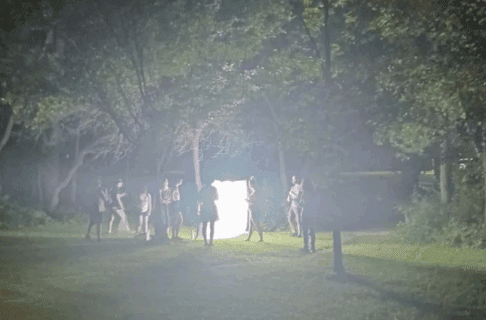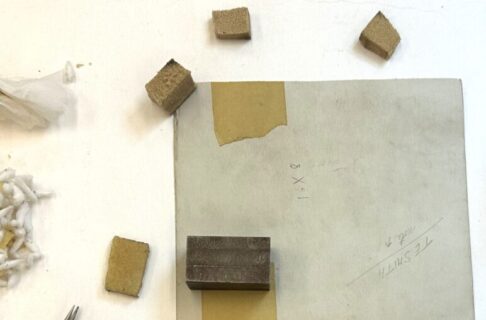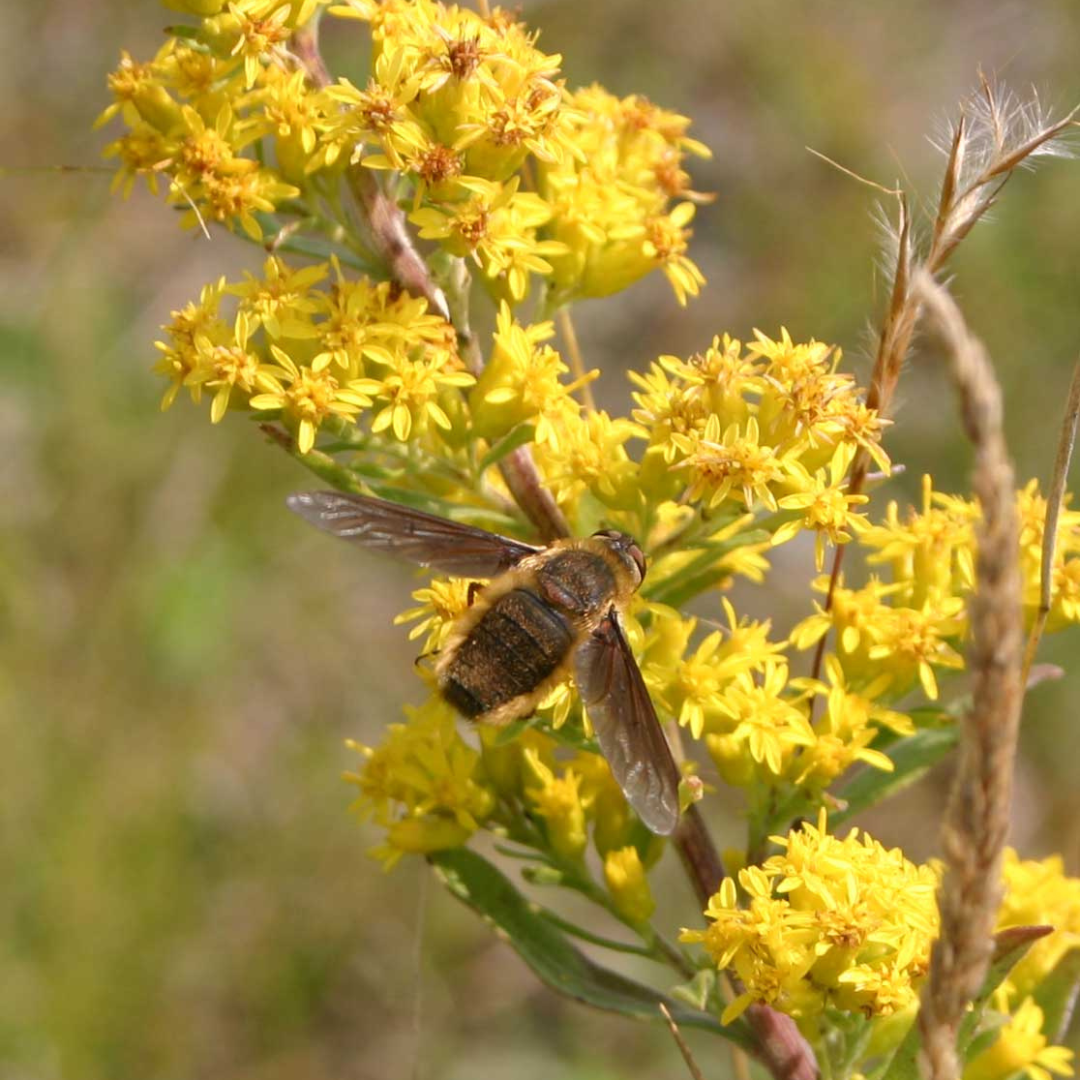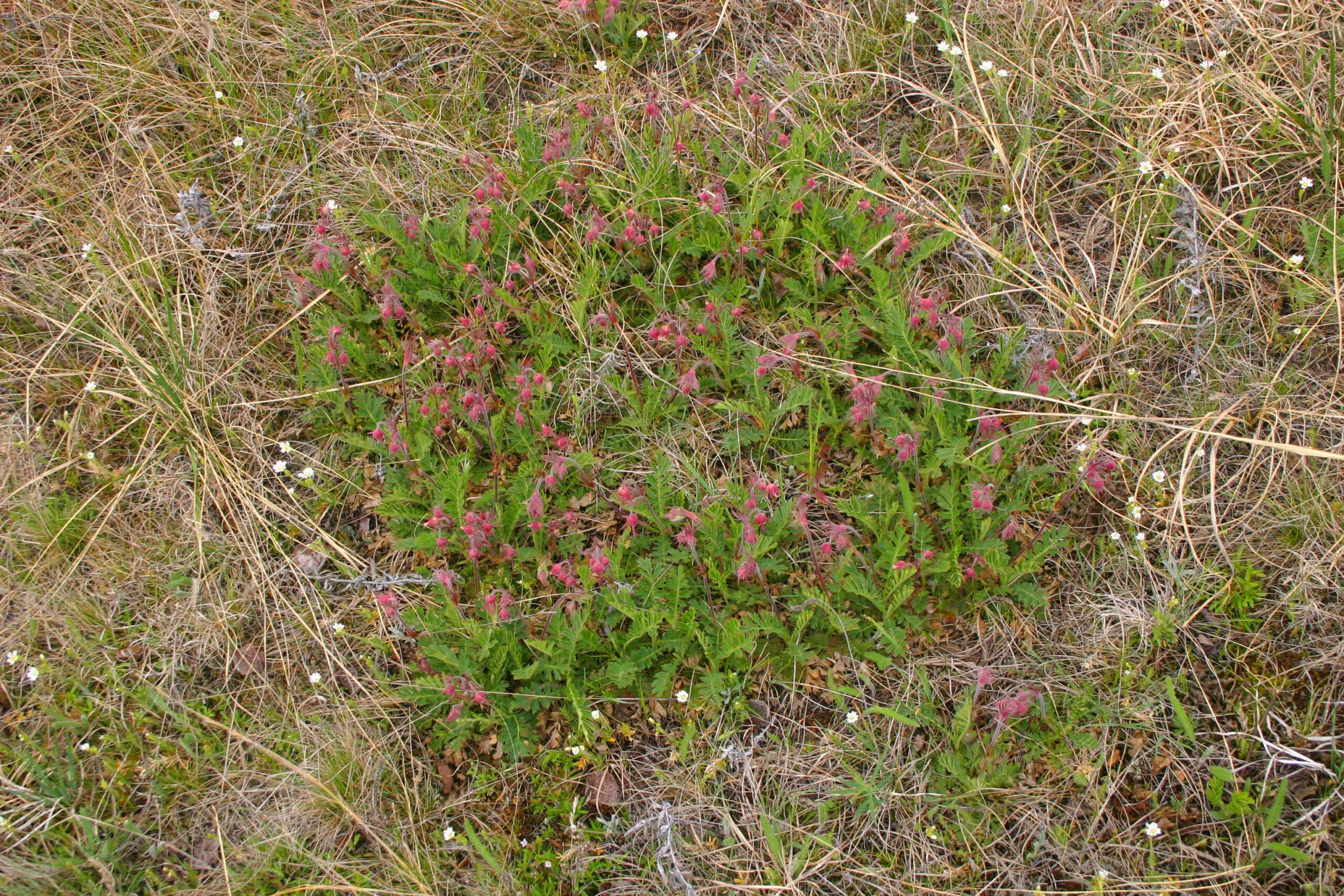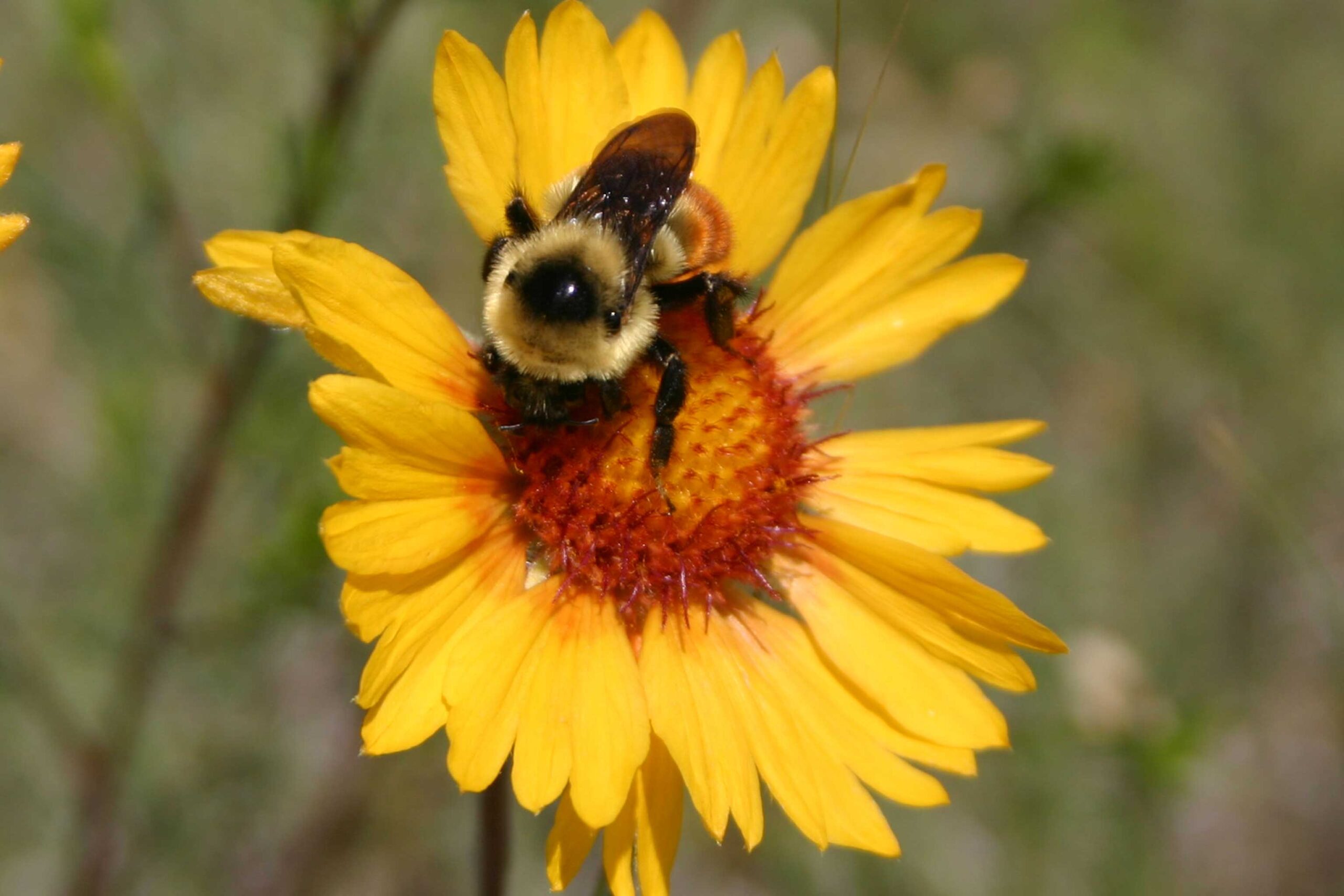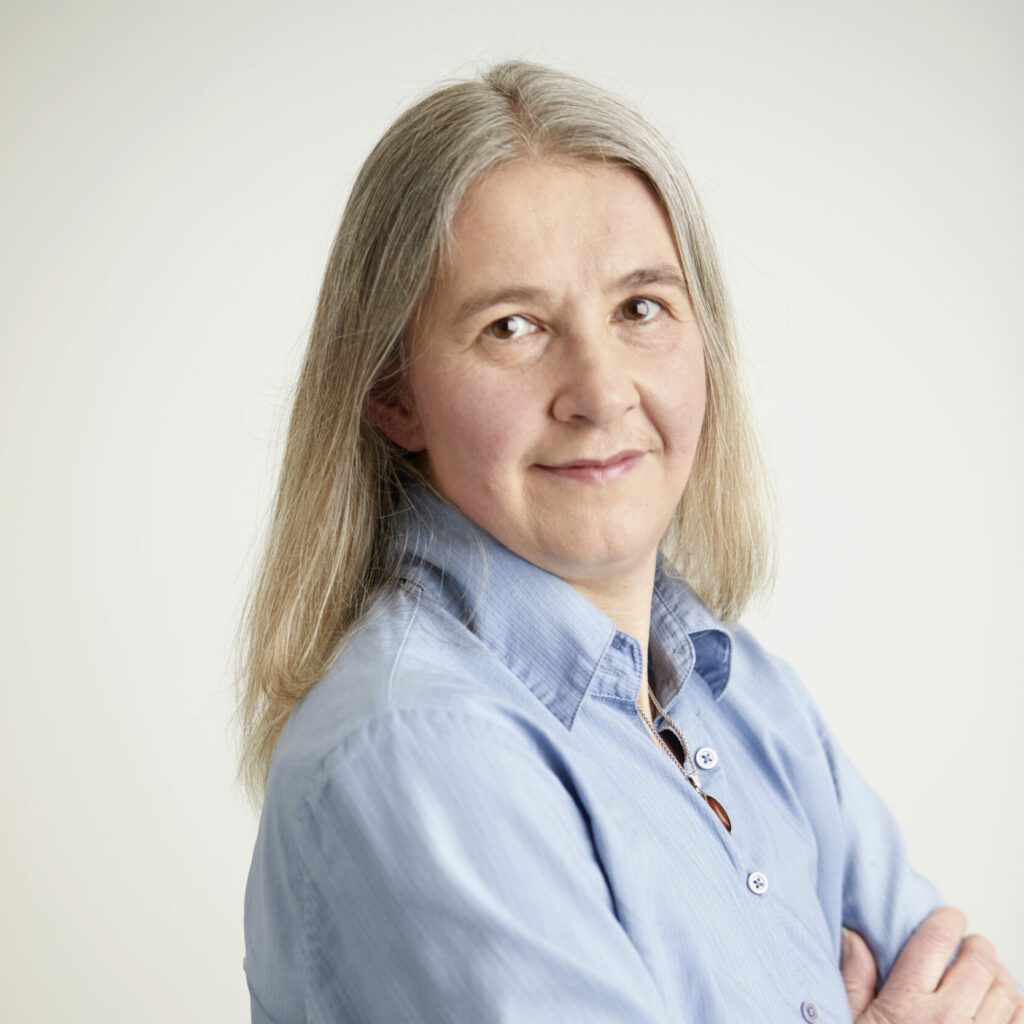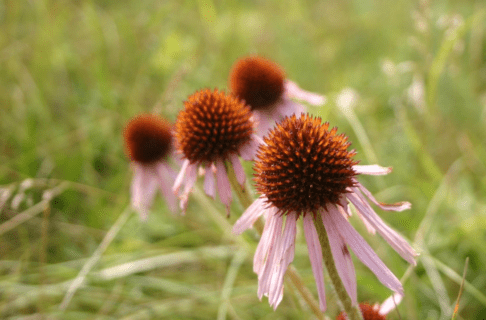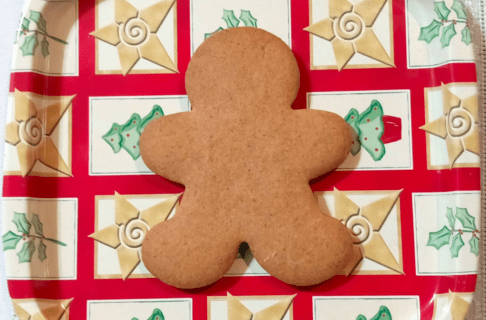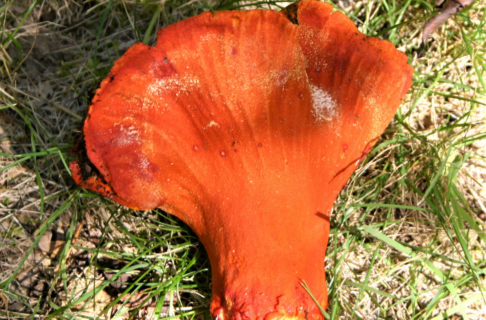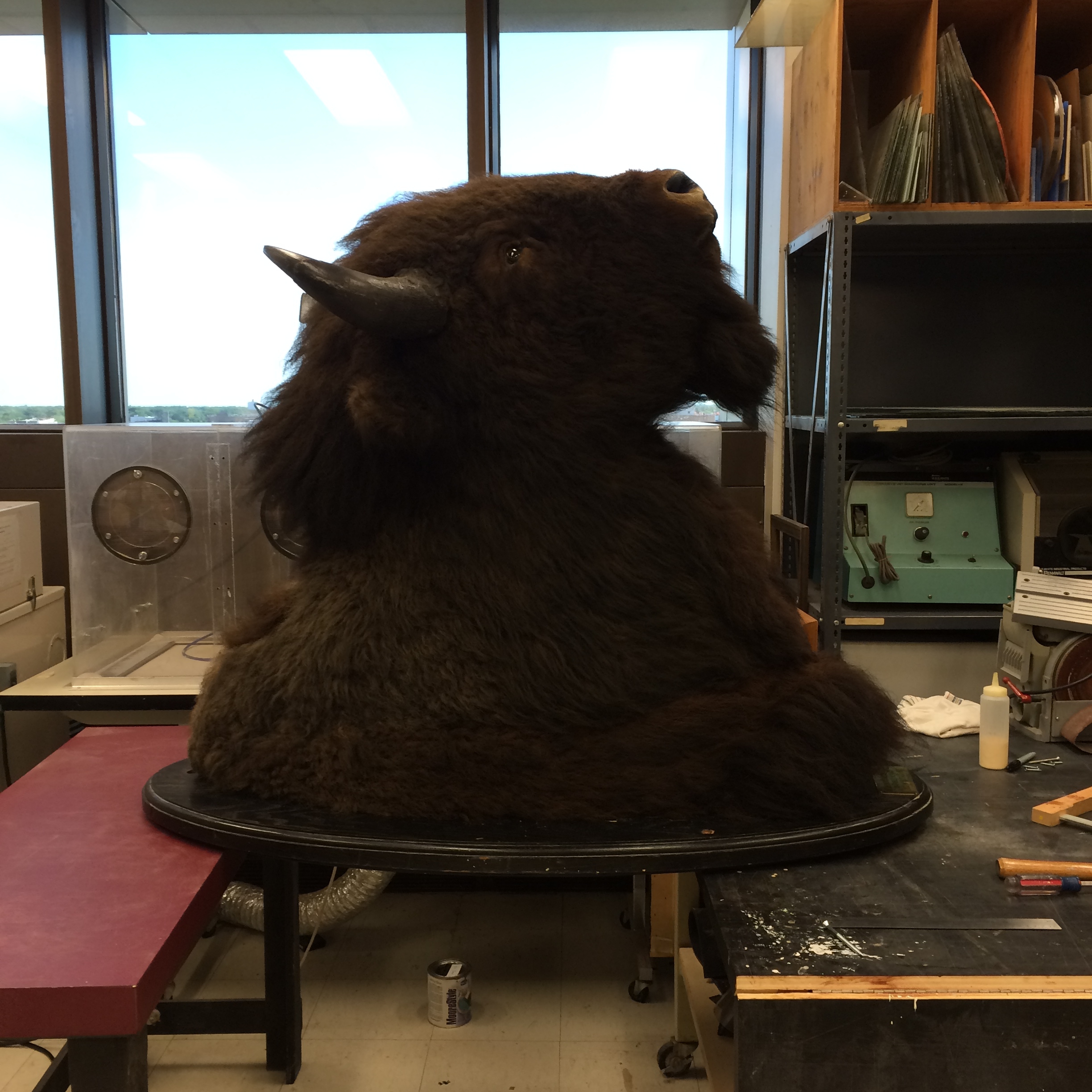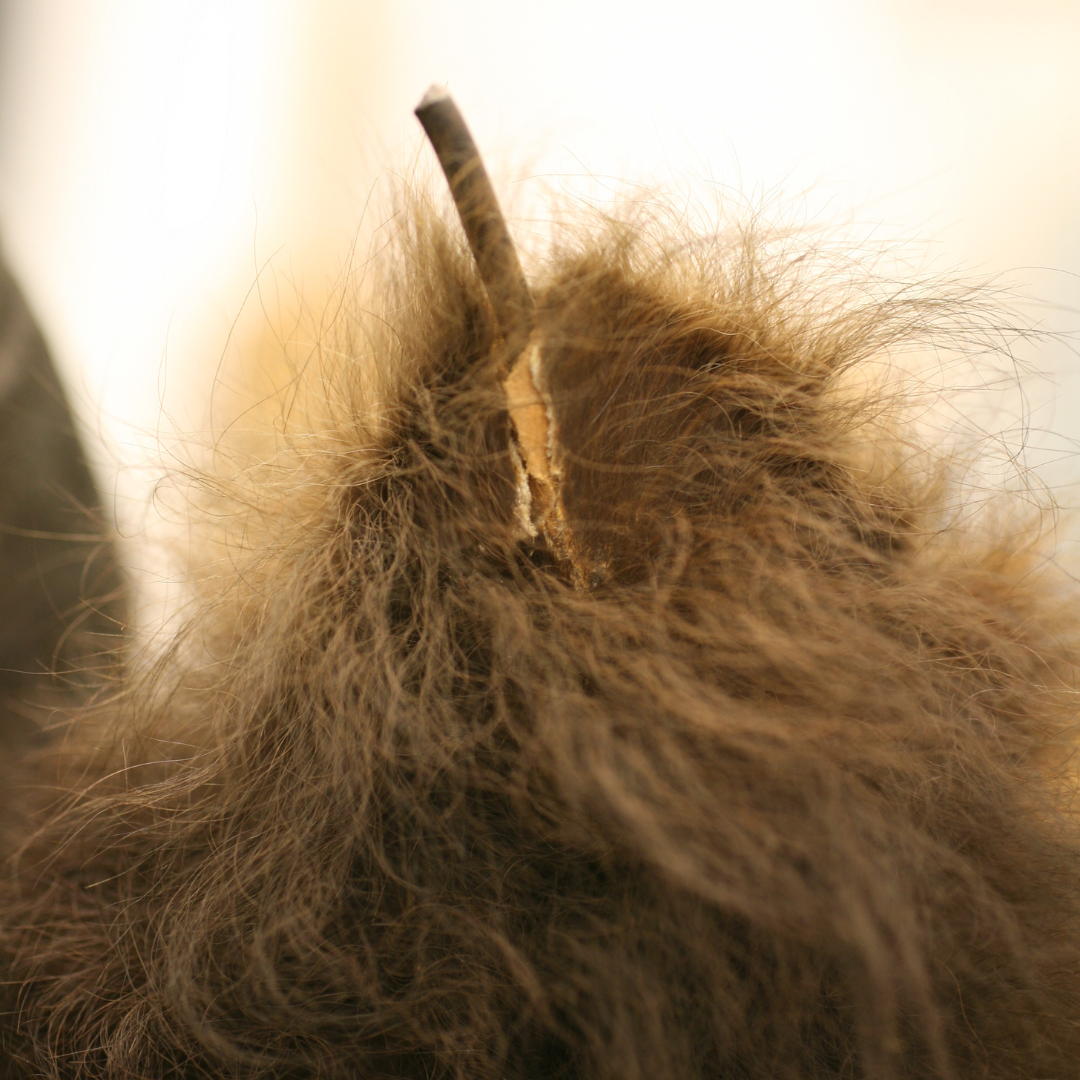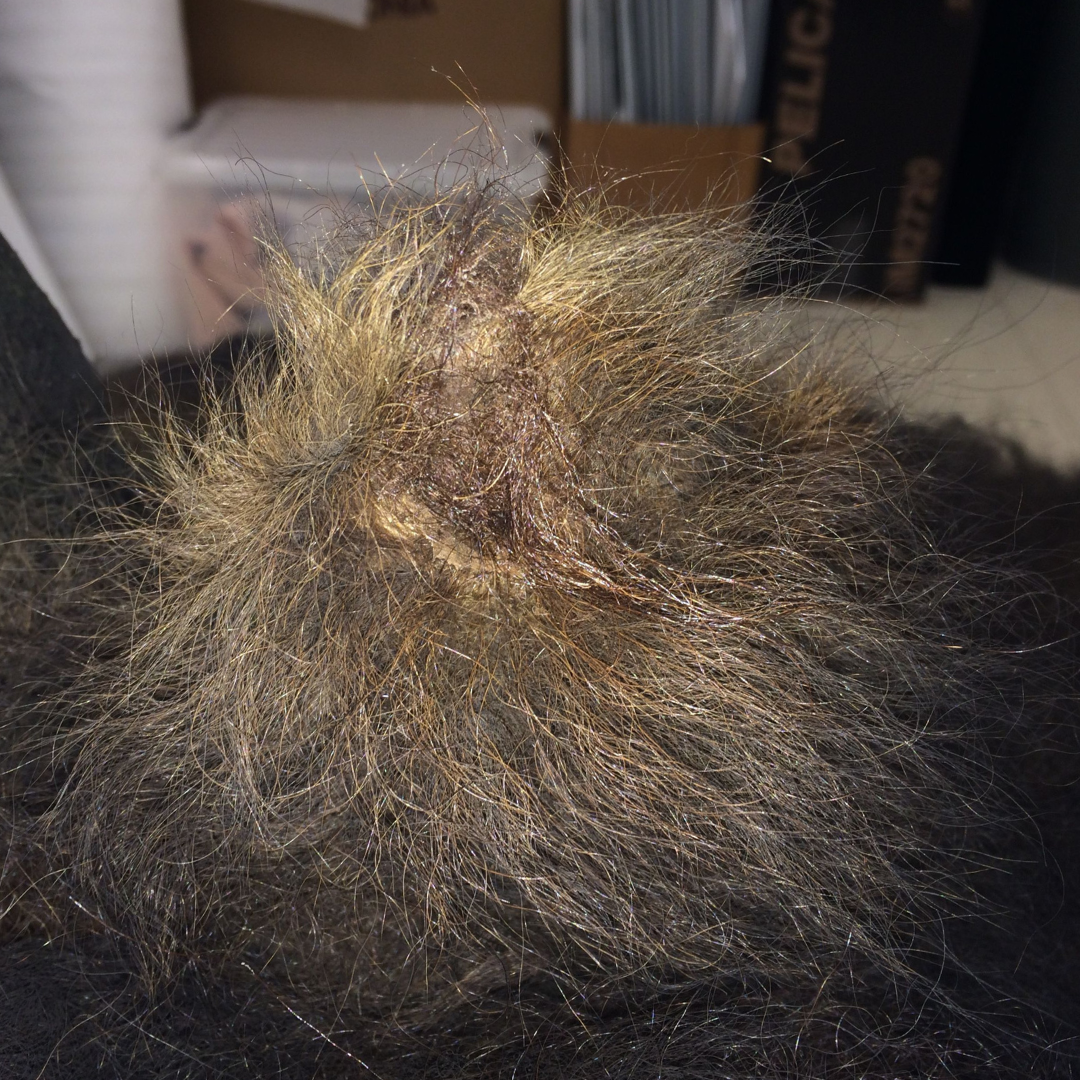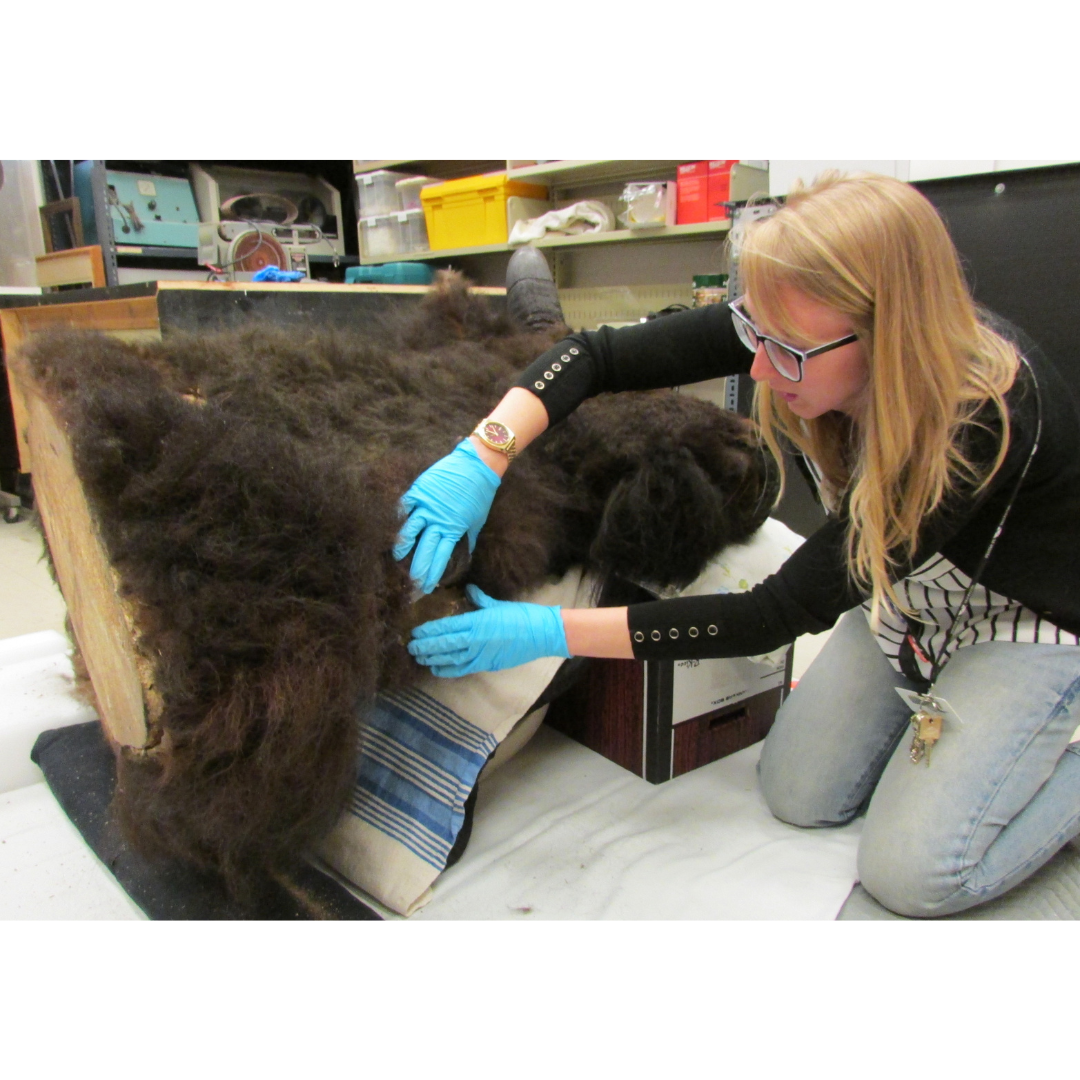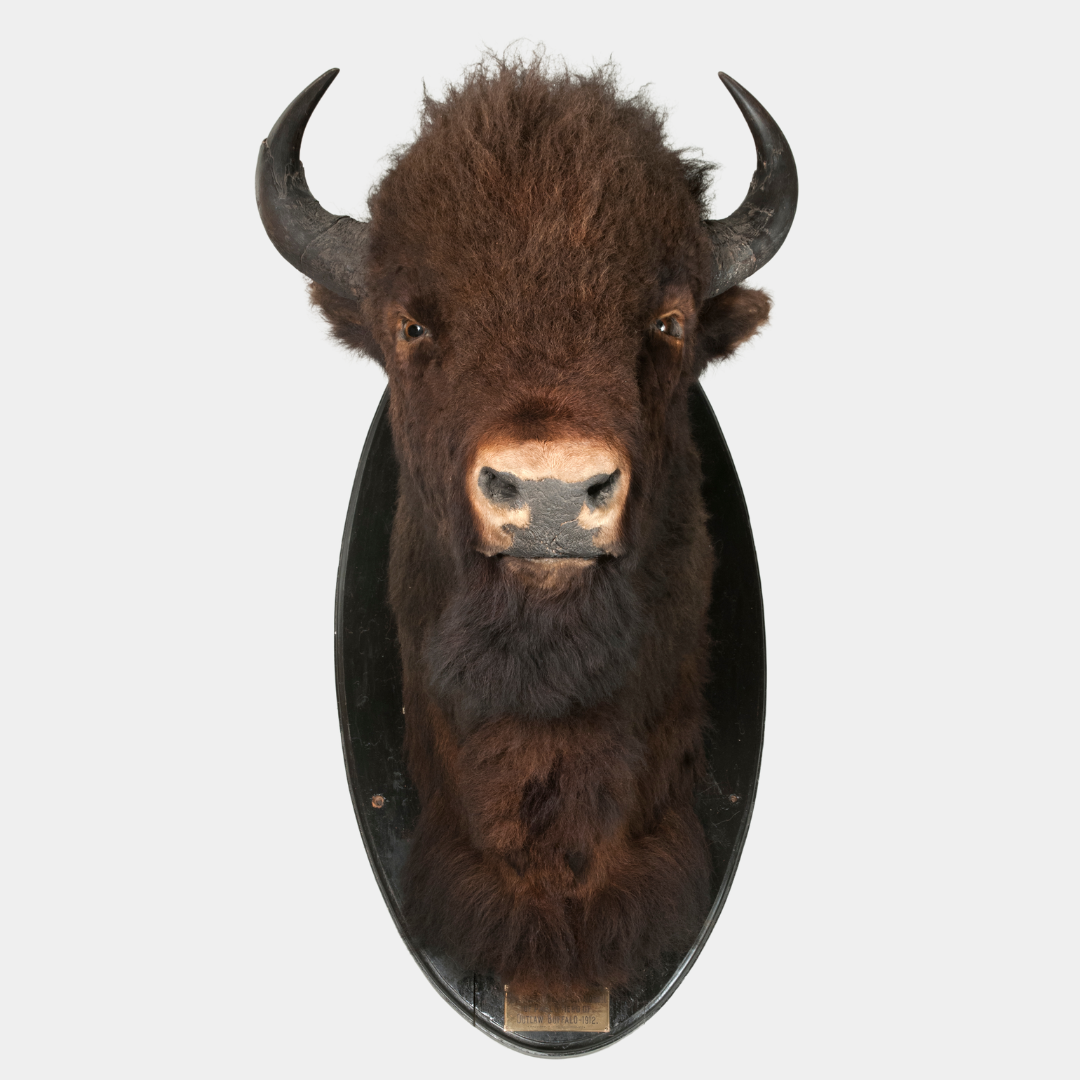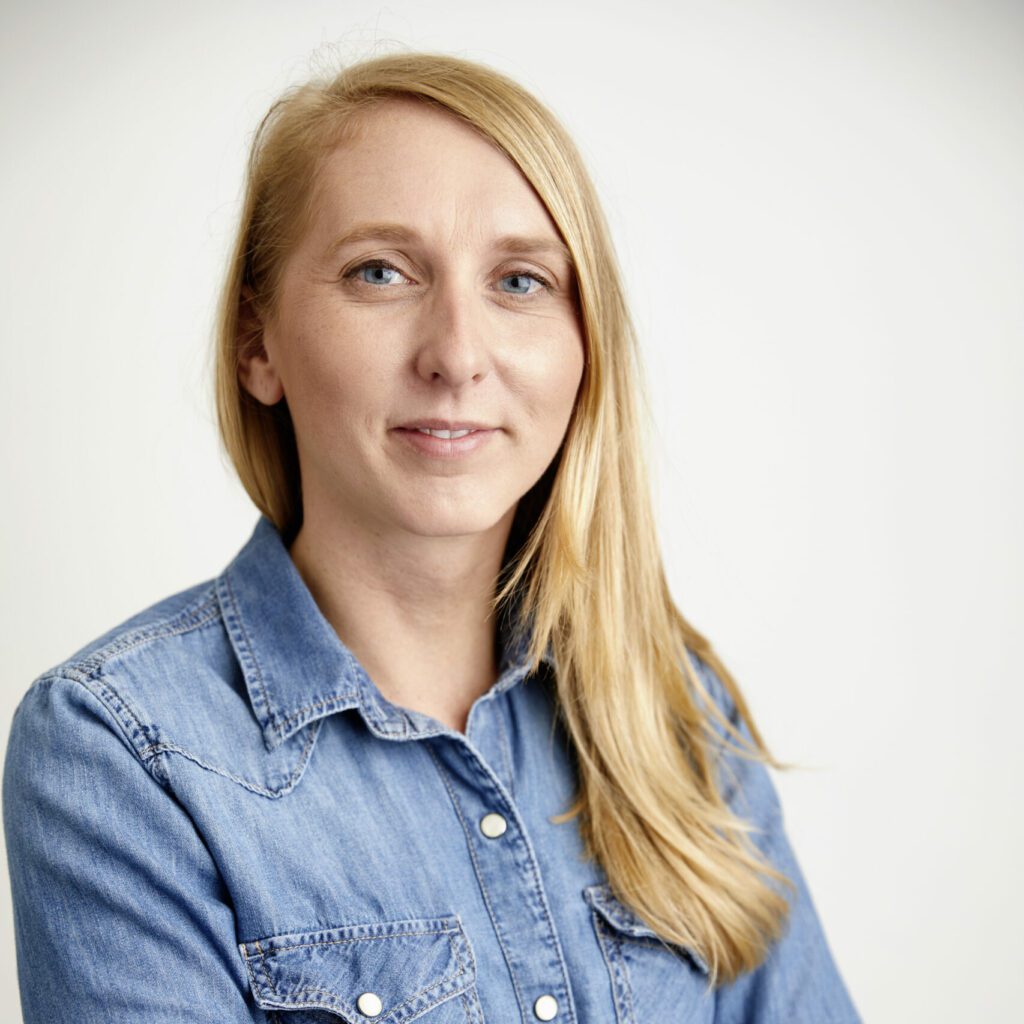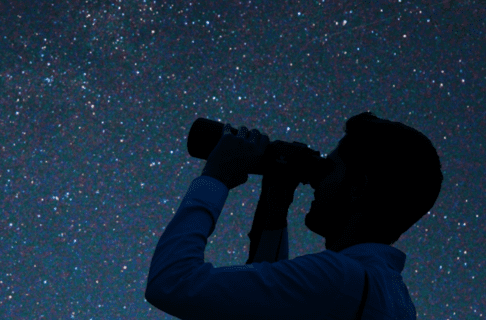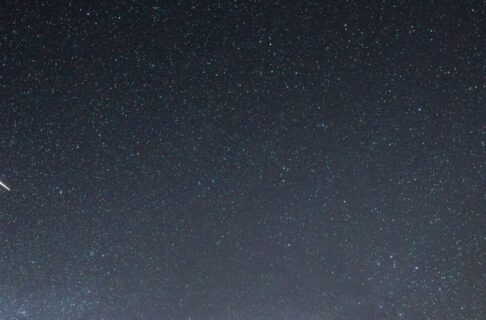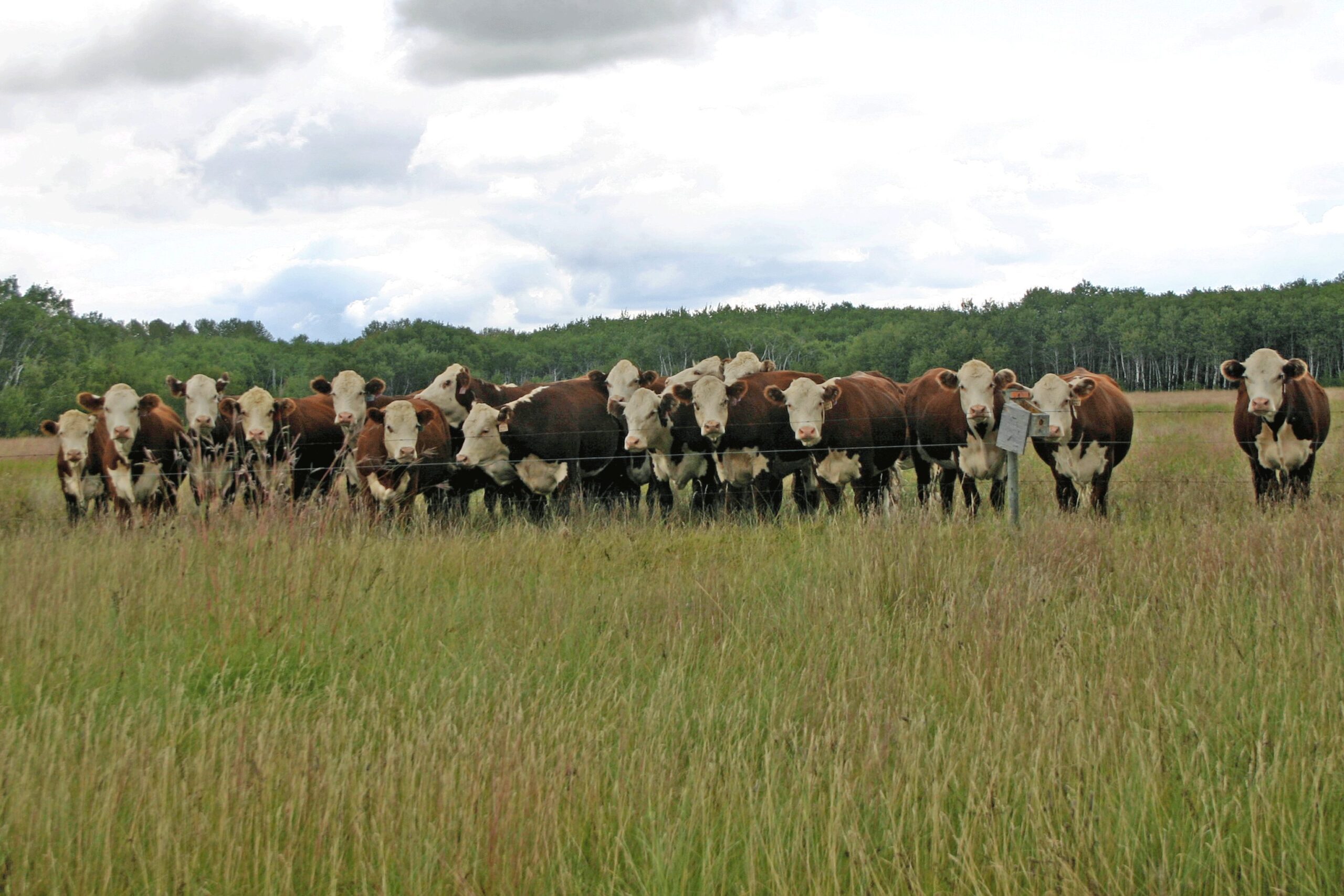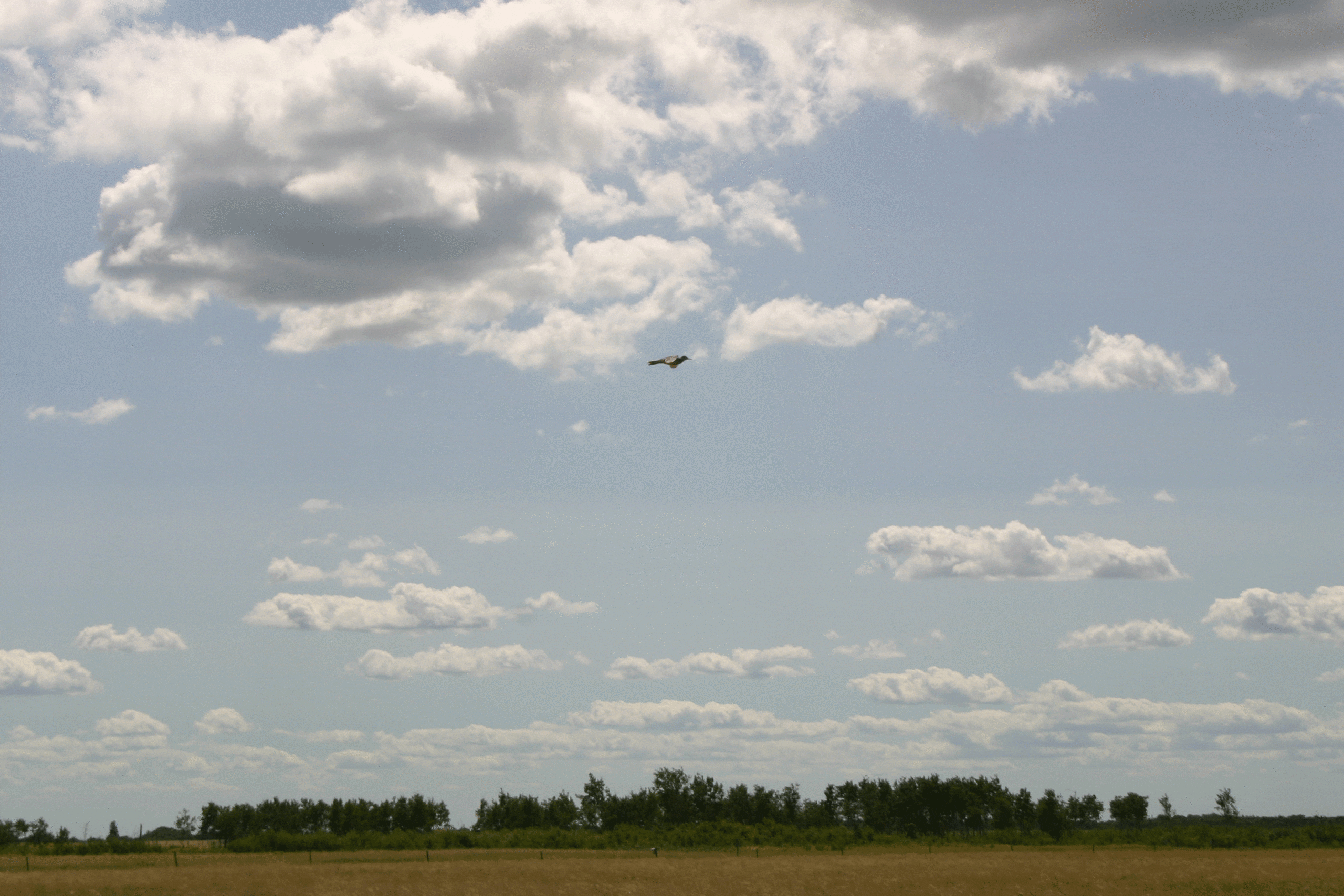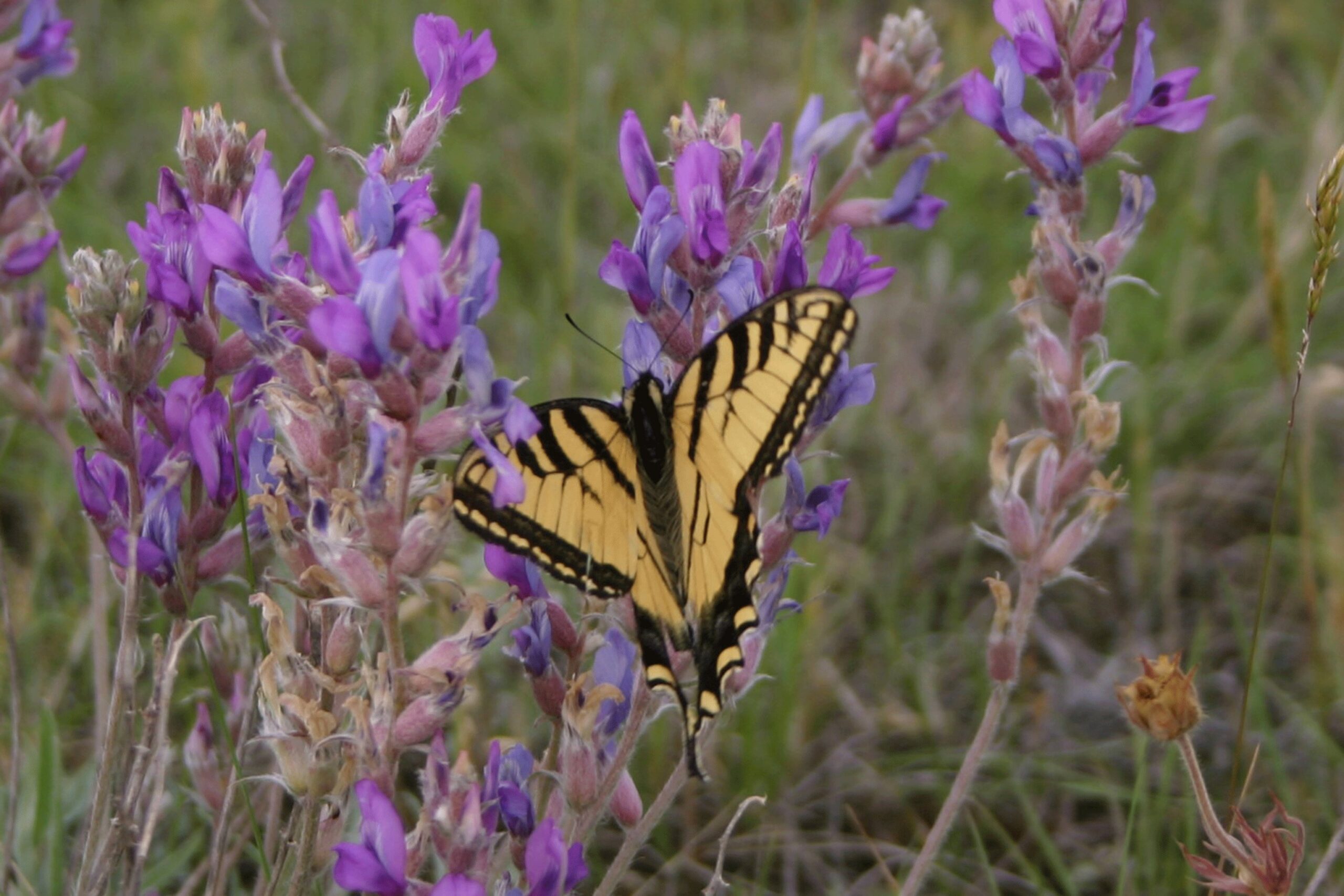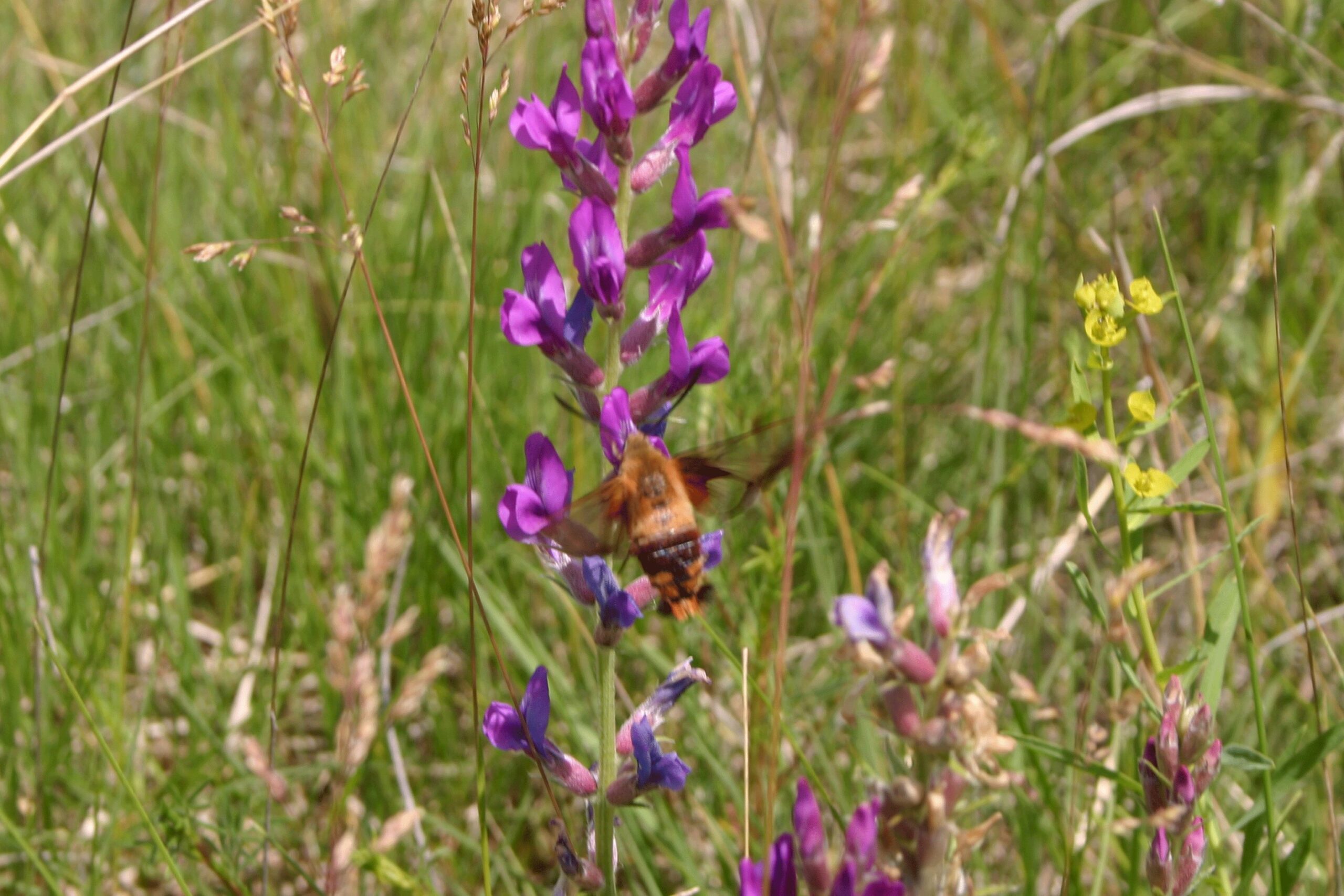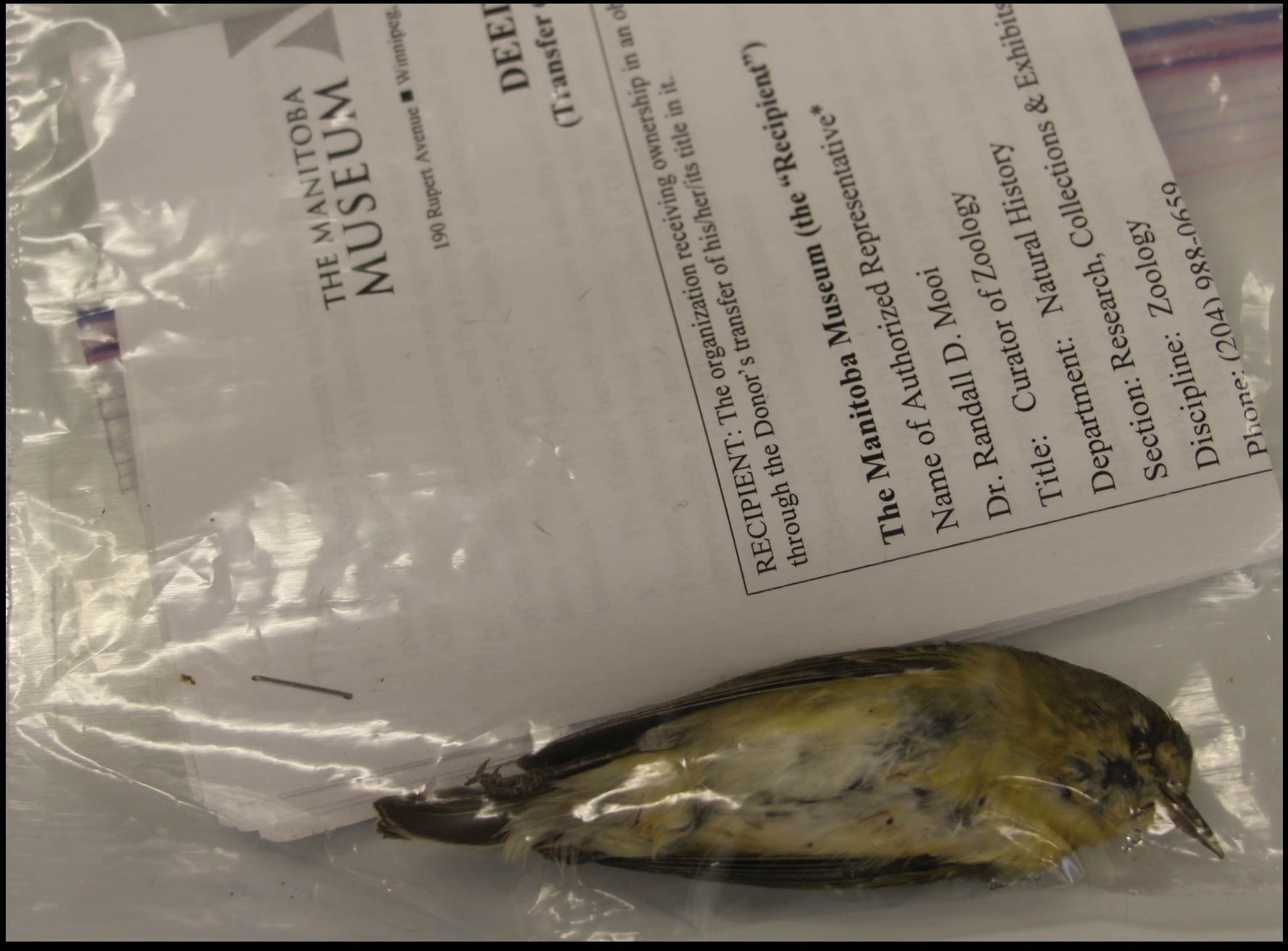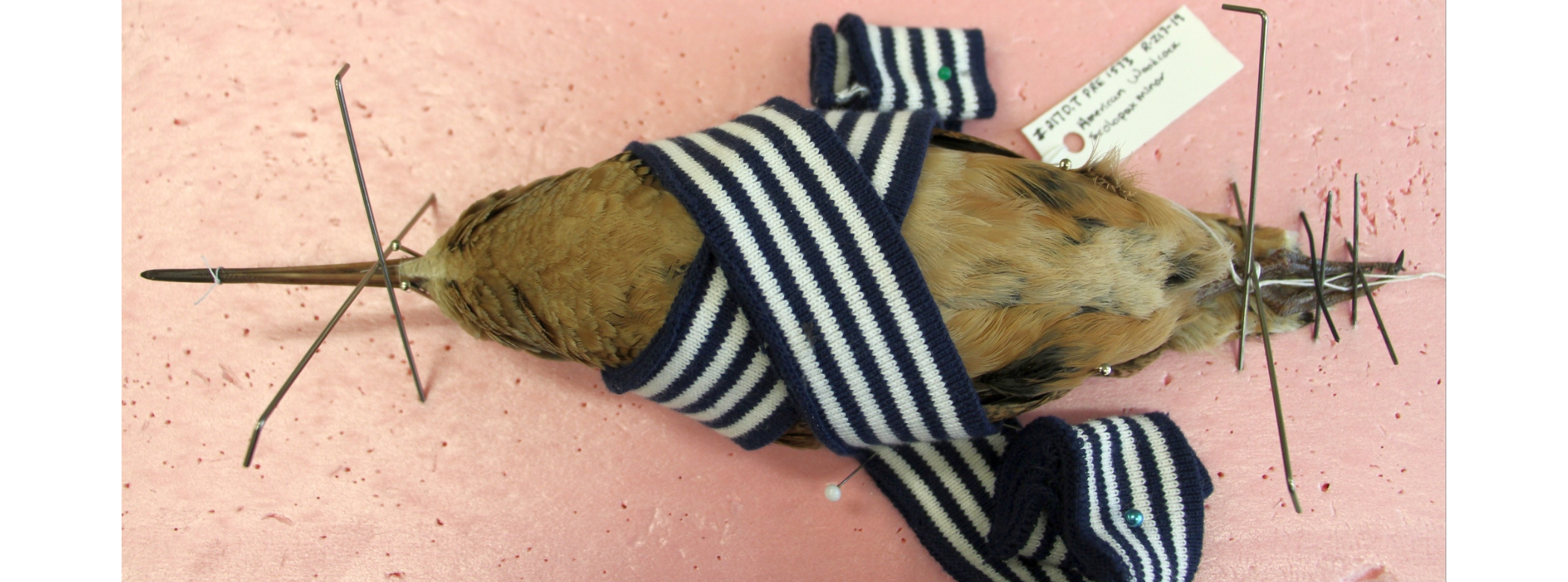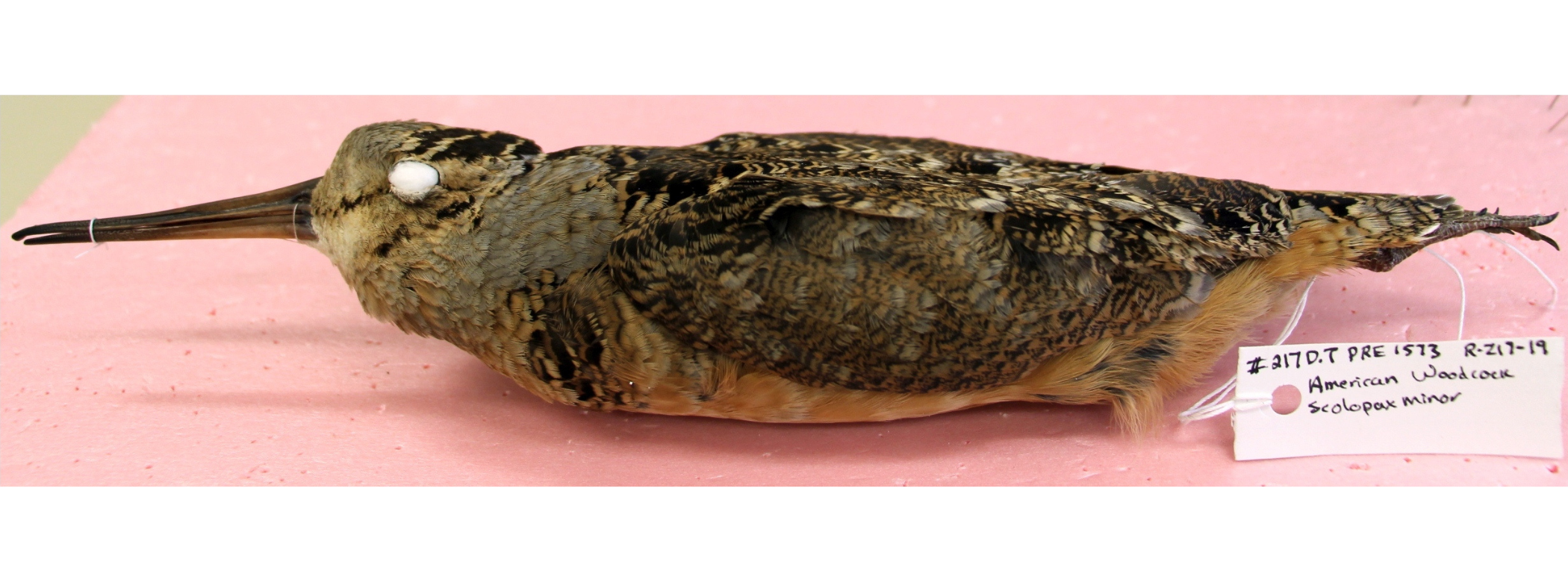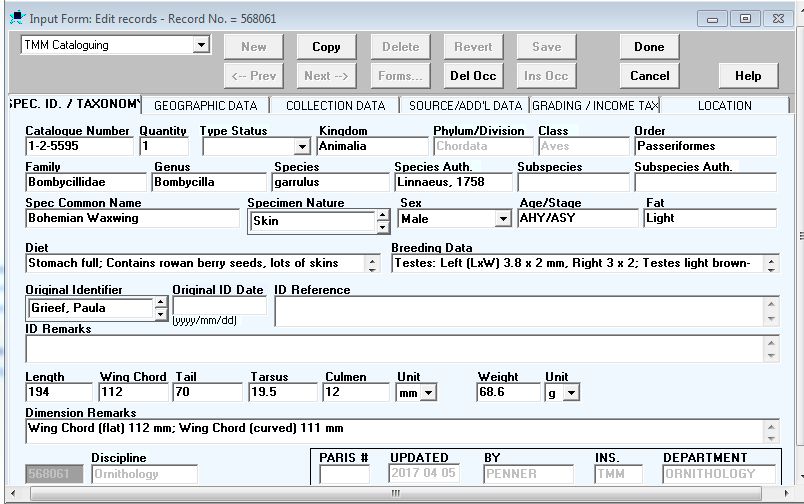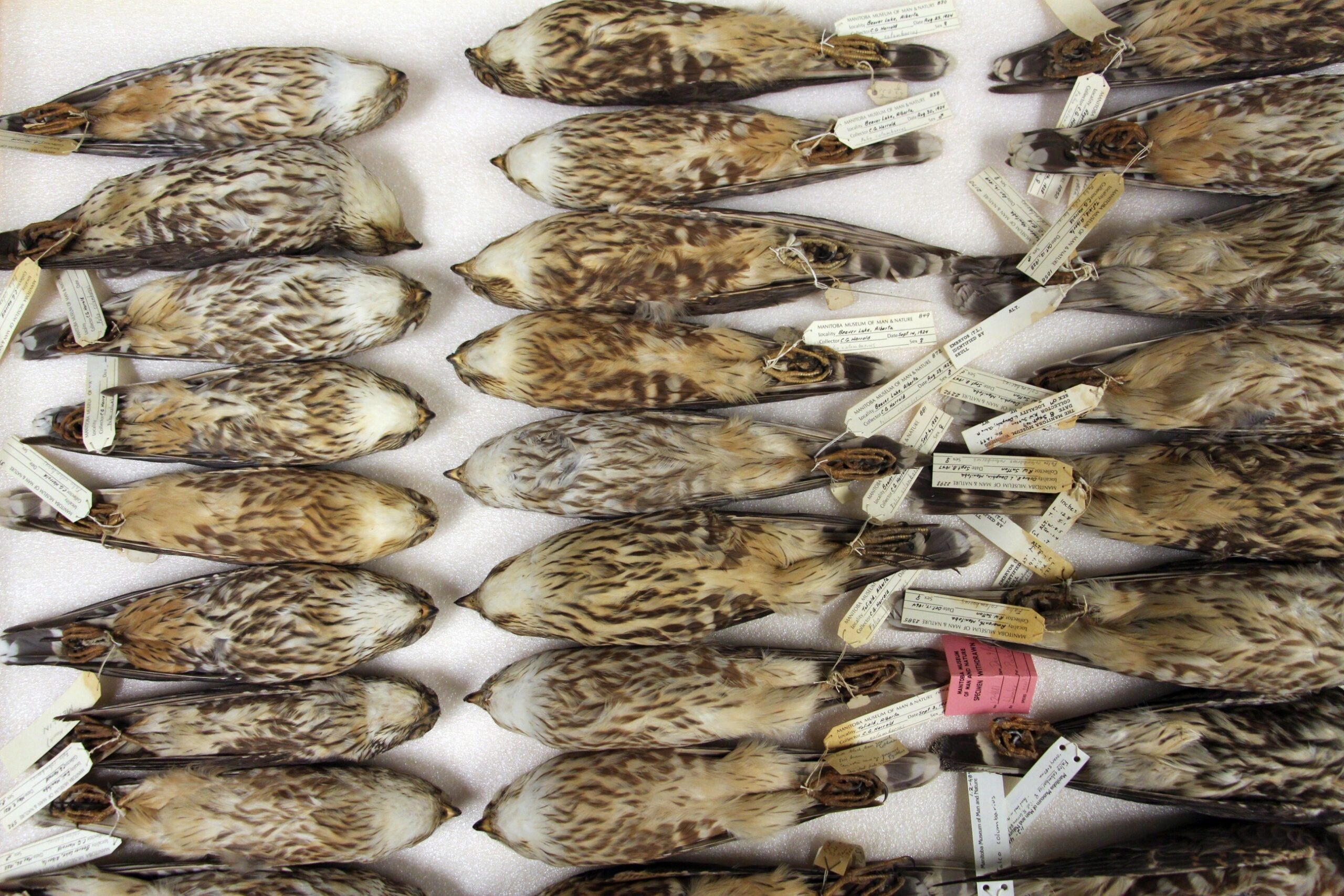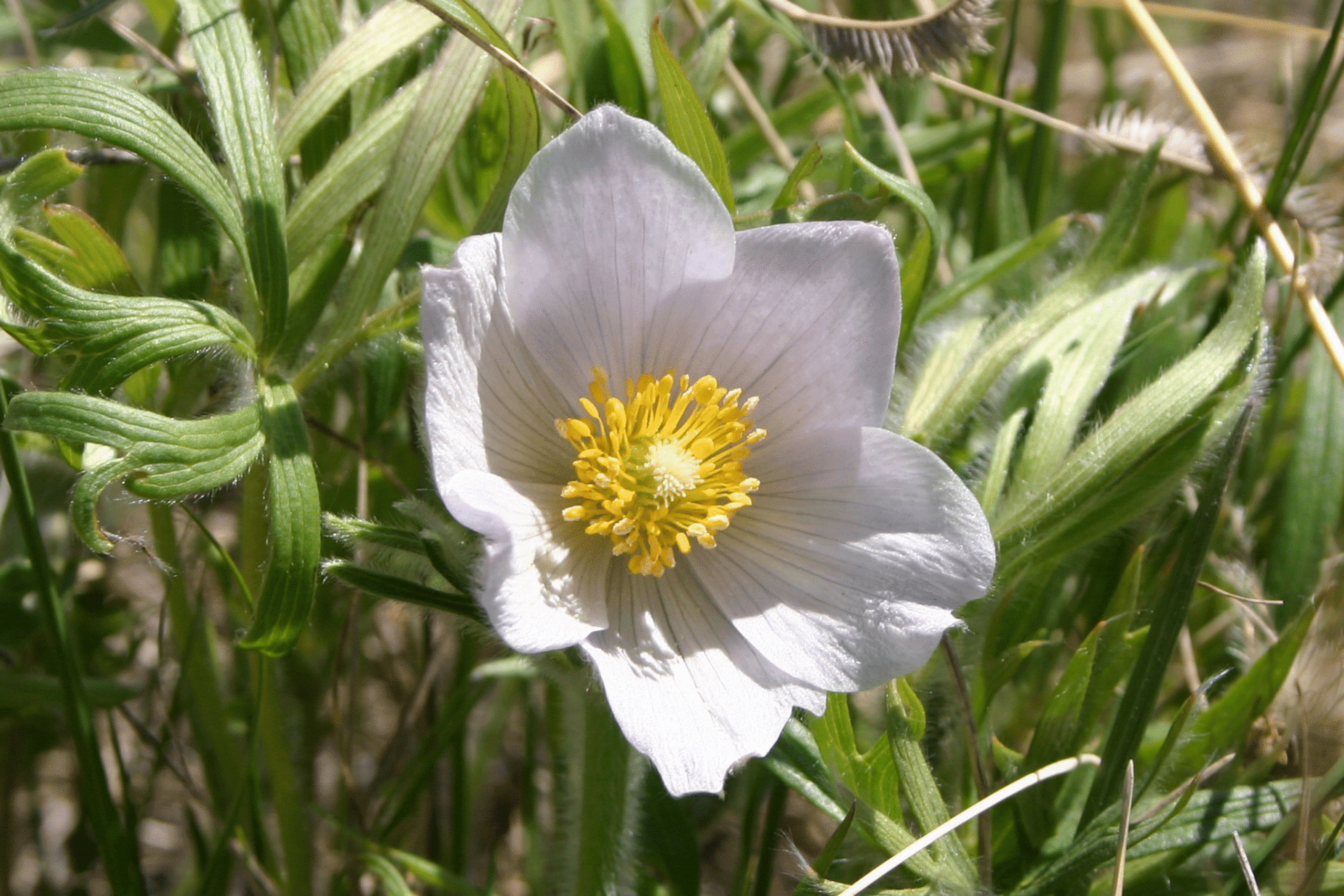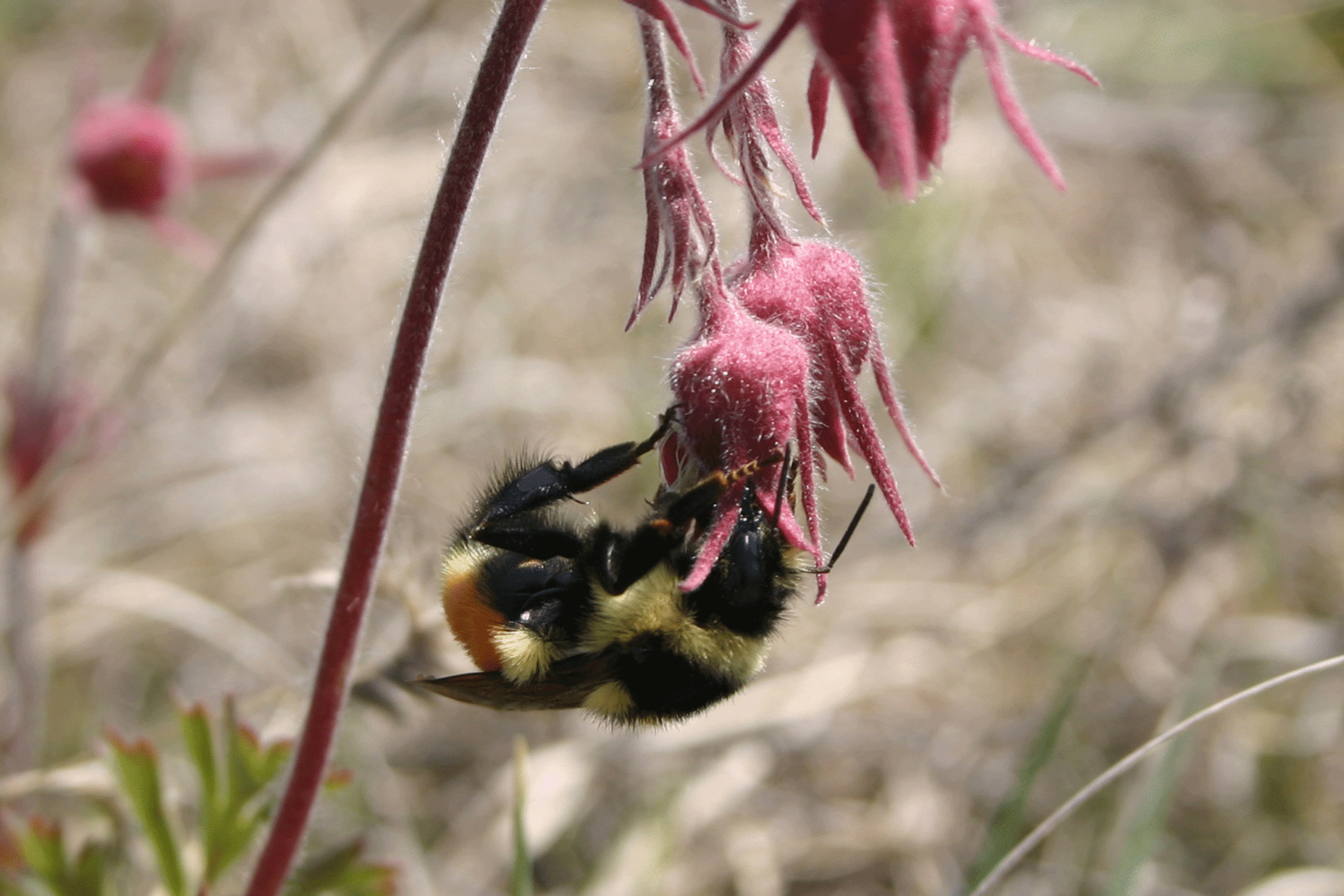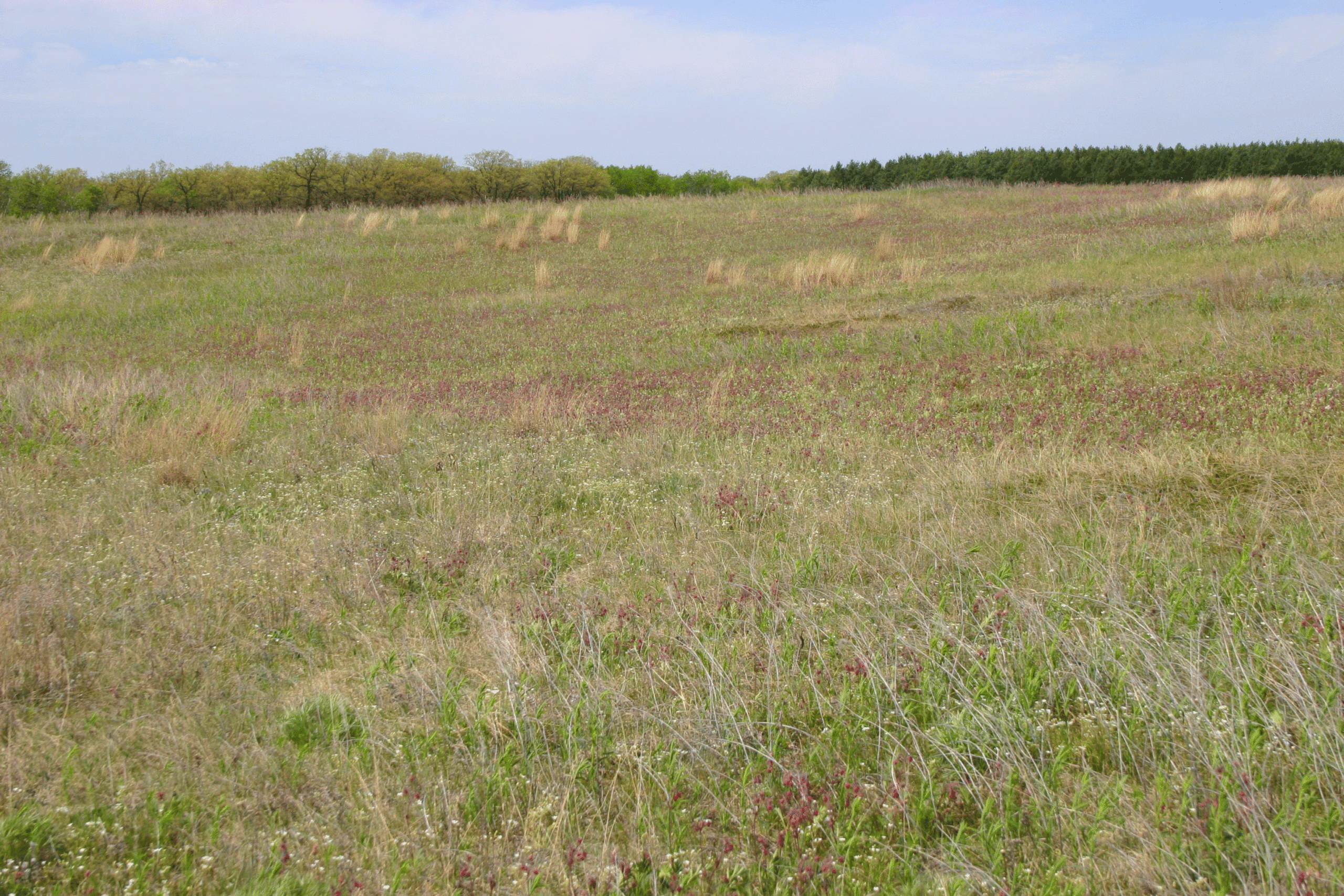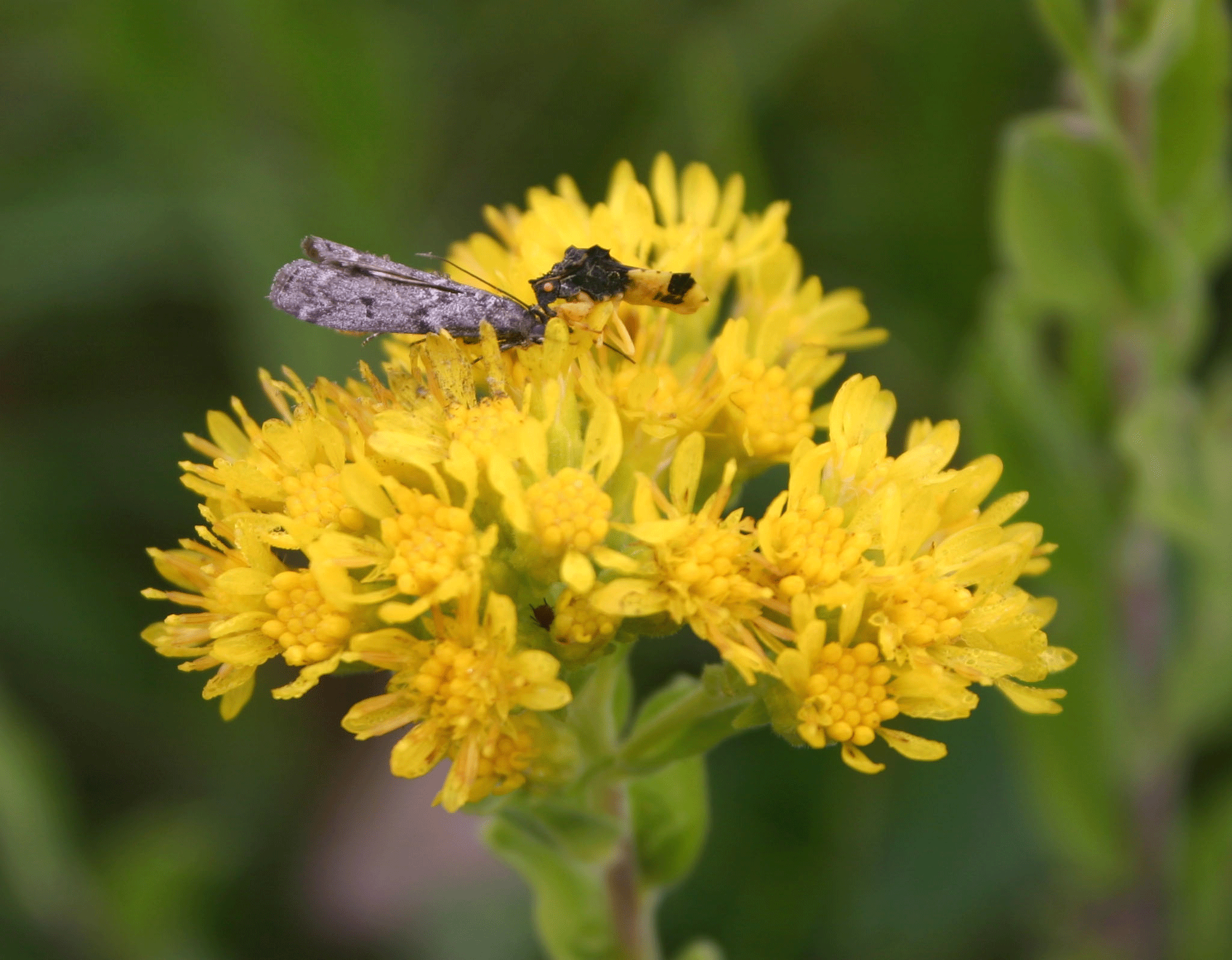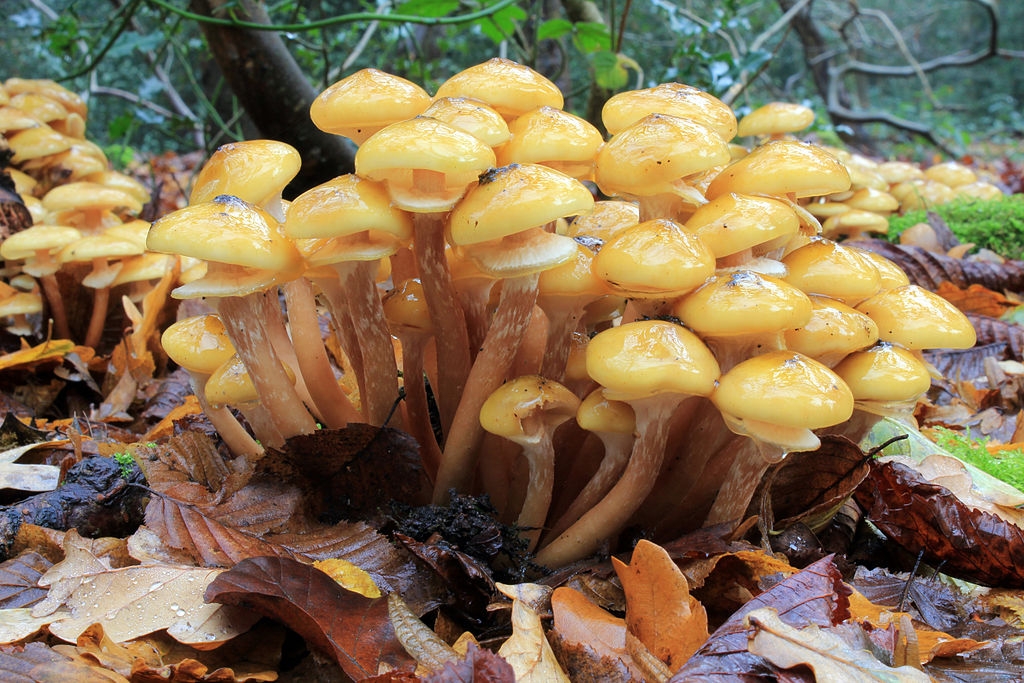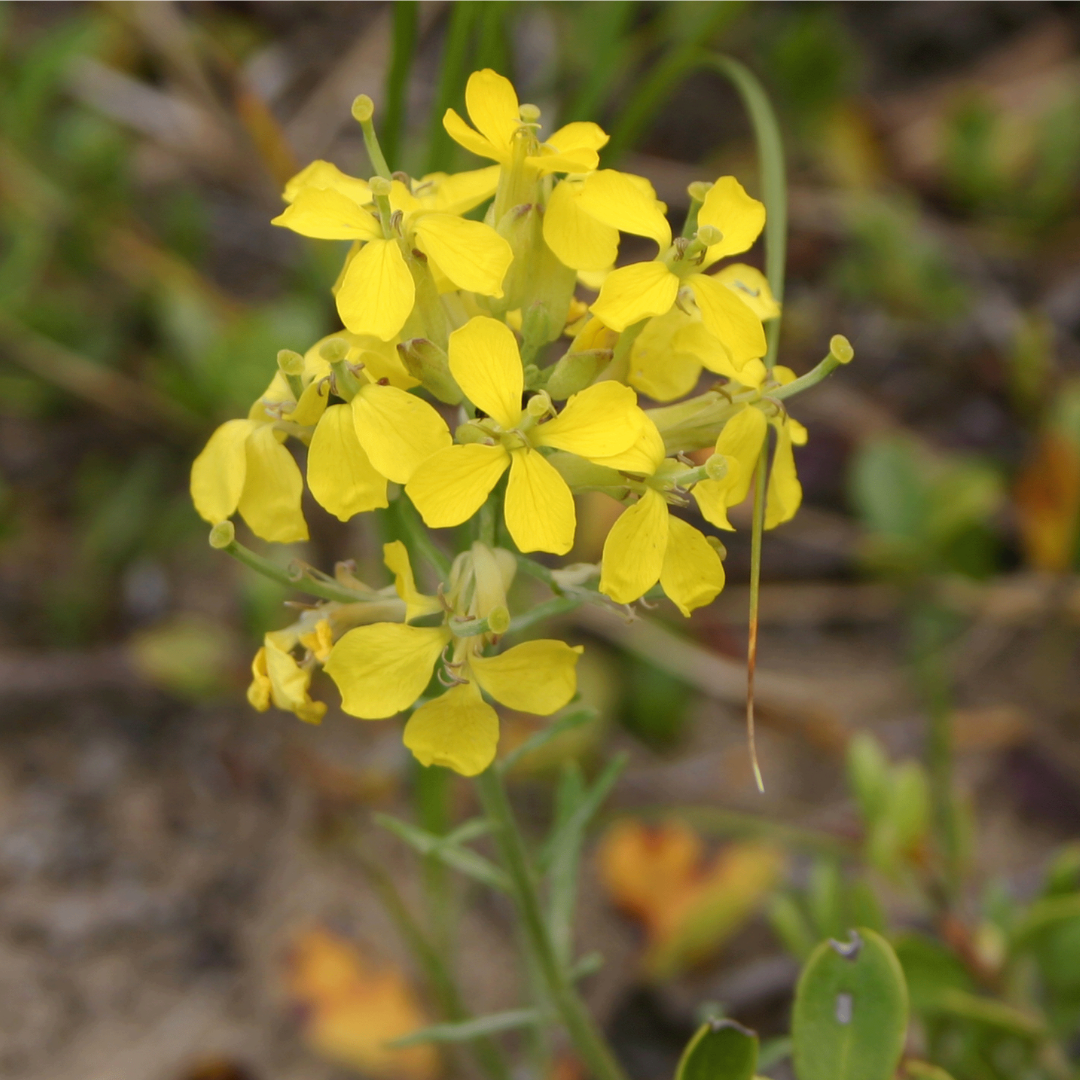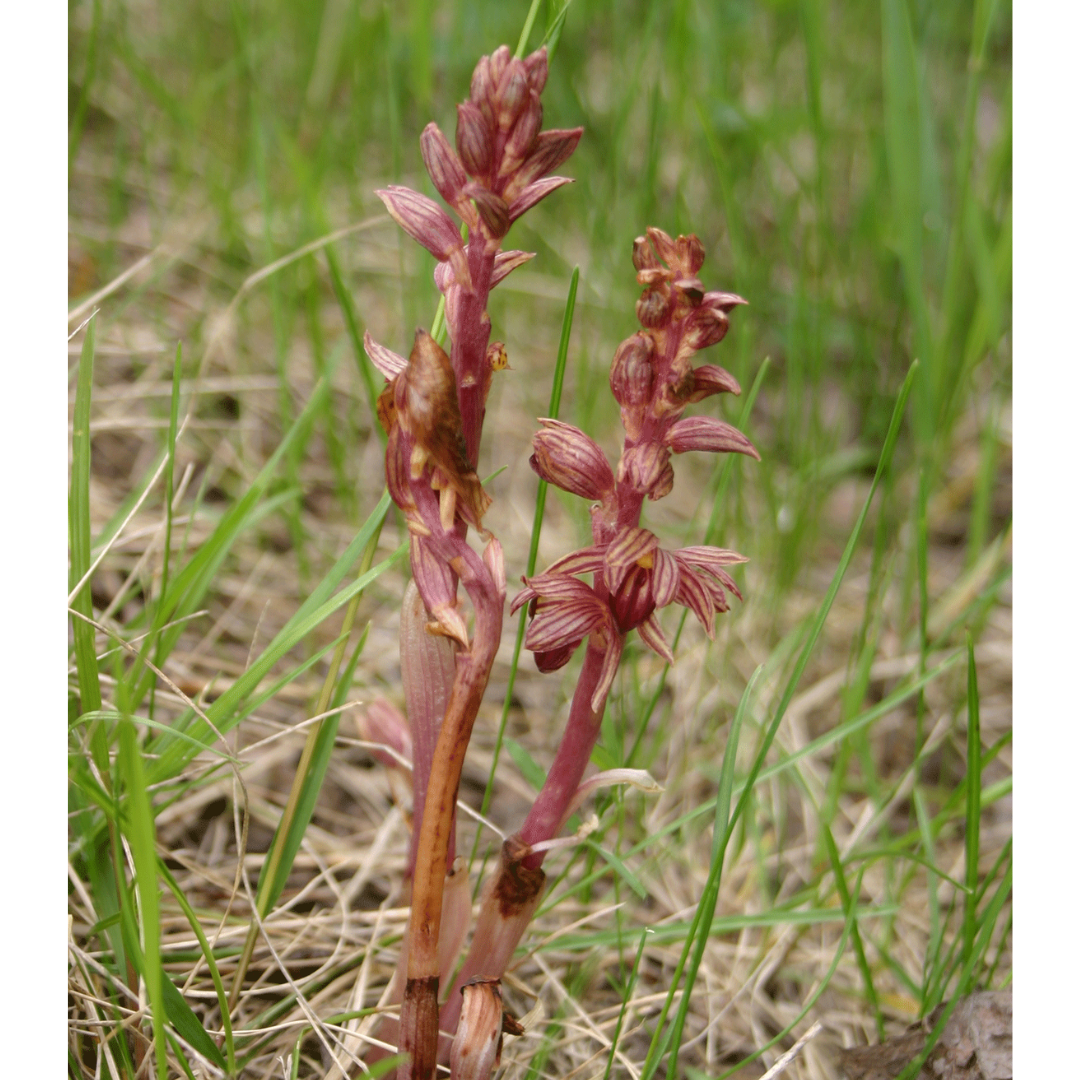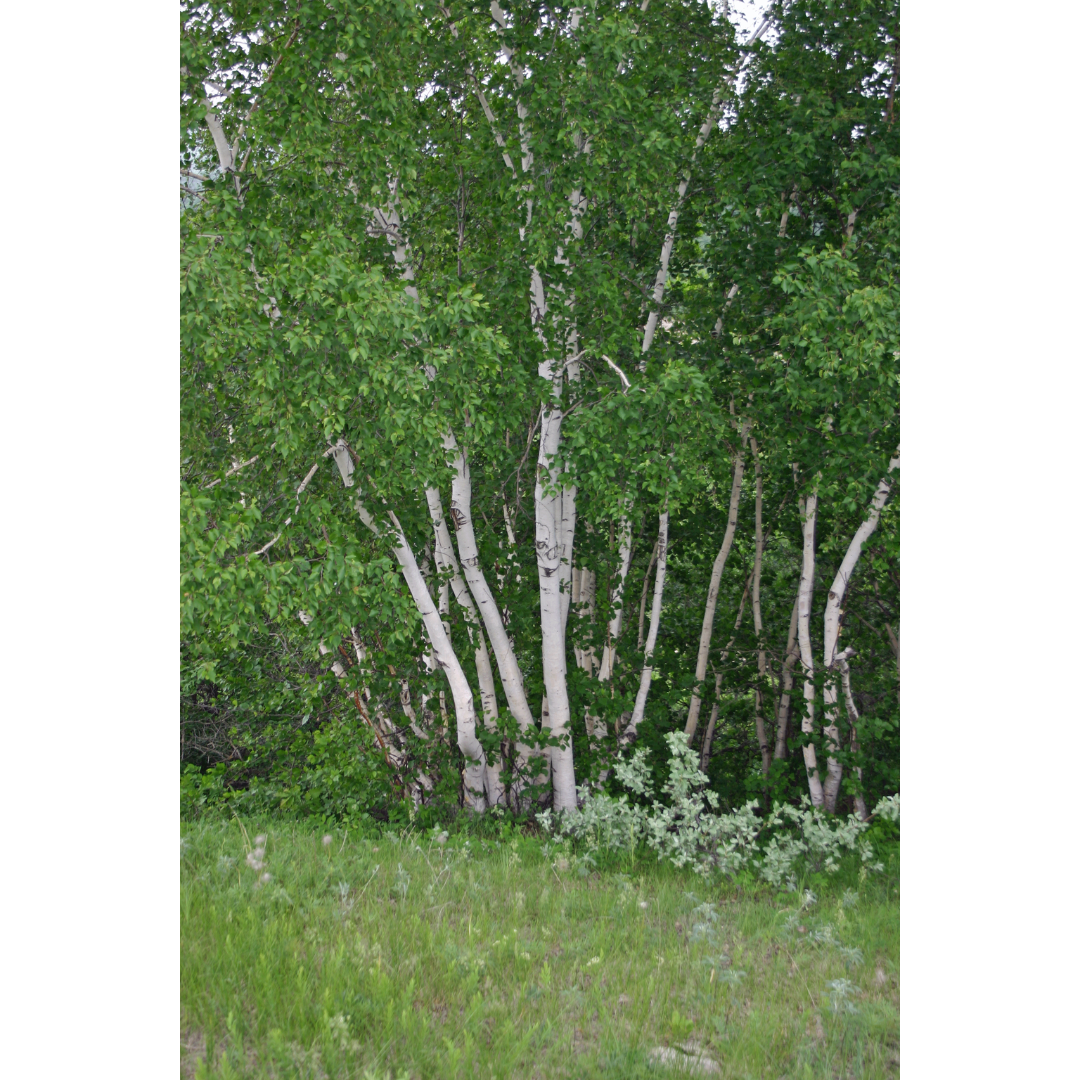Posted on: Wednesday October 25, 2017
Our human history collection is full of special objects, highlighting significant points in Manitoba’s past –like Cuthbert Grant’s medicine chest or the replica of the Nonsuch. Yet we also make a point of collecting objects that represent everyday life in Manitoba – cans of soup, well-loved toys, and farming implements. These mundane objects surprise people, since most of us consider objects we use routinely to have little historical value. Then there are objects that baffle even the seasoned museologist, begging questions like what and, most importantly, why?
Early in my days working with the human history collection, I was searching for a medical-related artifact in an area of our storage room rife with old medicine and surgical tools. I pulled an unlabeled box off a high shelf to have a look inside and was shocked to find it full of dentures –it gave me quite a start. I wish I could say it was the only time that box of dentures had scared me.
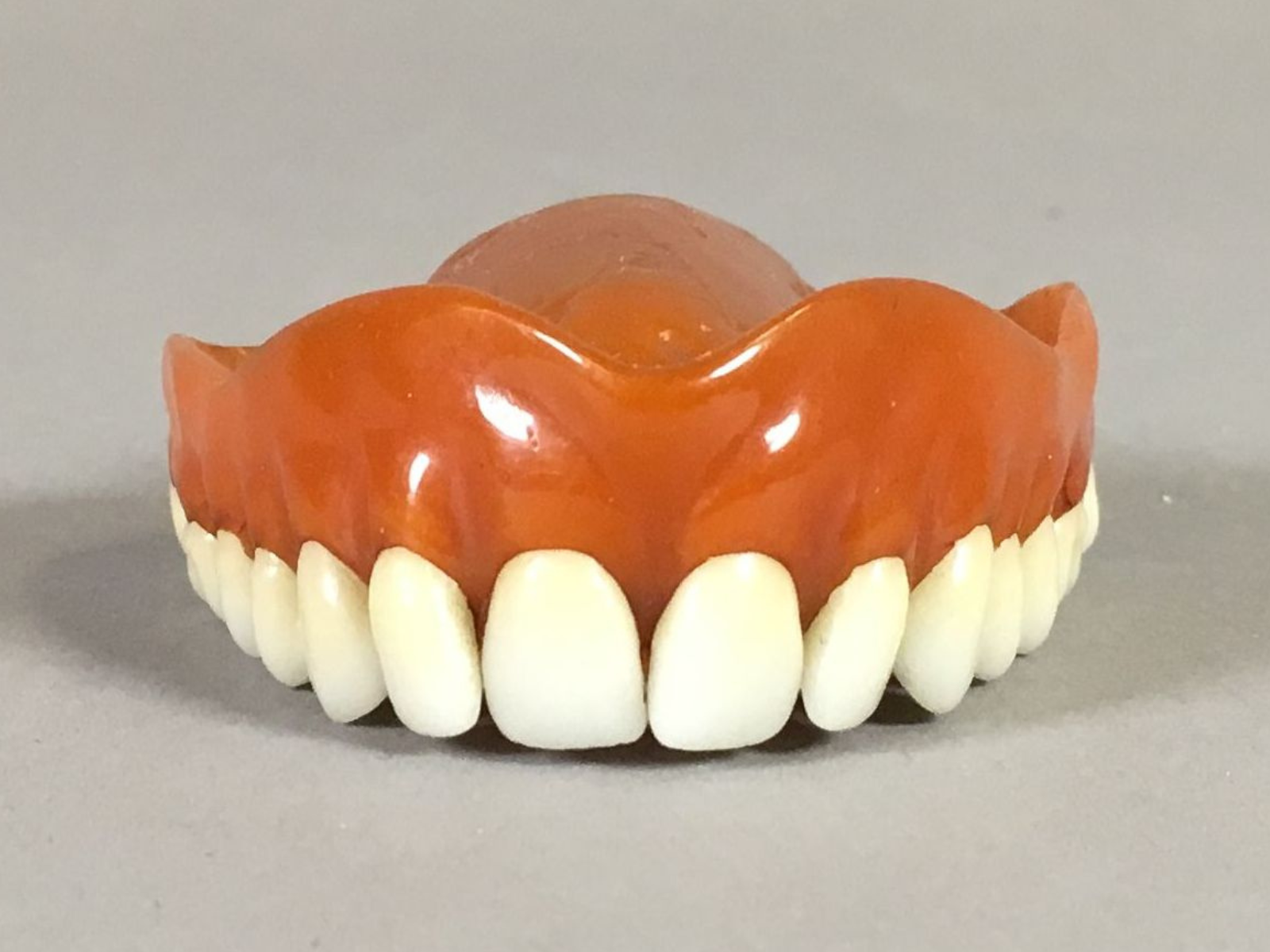
Only one pair of our dentures can be linked to a specific person; the others were donated by the Manitoba Dental Association or have no known source. So if they don’t belong to a historical figure, why collect them? Dentures have been made of various materials for centuries. Wood, human and animal teeth, ivory, bone, and porcelain have all been used to fashion false teeth throughout history. Modern dentures are made from synthetic materials like acrylic. The dentures in our collection capture techniques and materials at a specific moment in time, allowing researchers to make comparisons to older and newer generations of false teeth.
Image: Maxillary denture; porcelain, plastic; M 20th C. Catalogue Number: H9-15-188 © Manitoba Museum

Recently, some of our staff took part in an AMA on Reddit during Ask a Curator day (#AskACurator). One of the questions asked was “what is the weirdest object in your collection?” I immediately thought of an inflatable doll, which made her way into our collection in 1984 as part of a much larger donation from the old Winnipeg Musical Supply store. The doll is in excellent condition, meaning that she has never been used. And no, she doesn’t inflate – we’ve tried. Her face is coming away from her body, creating a hole where air can escape. This object is close to my heart because when I was in university, doing my Masters in Museum Studies, I wrote a paper about collecting sexual artifacts and discussed the inclusion of the doll in the collection and staff’s reactions to her presence. It’s highly unlikely that “Dolly” will ever be exhibited and her provenance isn’t clear, but she definitely captures a period of time when novelty and gag gifts were popular.
Image: Inflatable doll; vinyl; L 20th C. Catalogue Number: H9-16-182 © Manitoba Museum
The previous artifacts are odd, true, but everyone knows that teeth are needed for chewing and enunciating and everyone loves a good laugh, but this artifact can turn stomachs and bewilder minds better than no other.
During the Victorian era, the popularity of jewellery made of human hair saw a definite rise. Hair would be collected from a loved one and woven into intricate patterns to make bracelets, brooches, earrings and necklaces. Wearing mourning jewellery fabricated from the hair of deceased relatives was common amongst Victorian women. People also made wreaths from human hair to display on their walls, often taking hair from multiple family members to complete a single wreath.
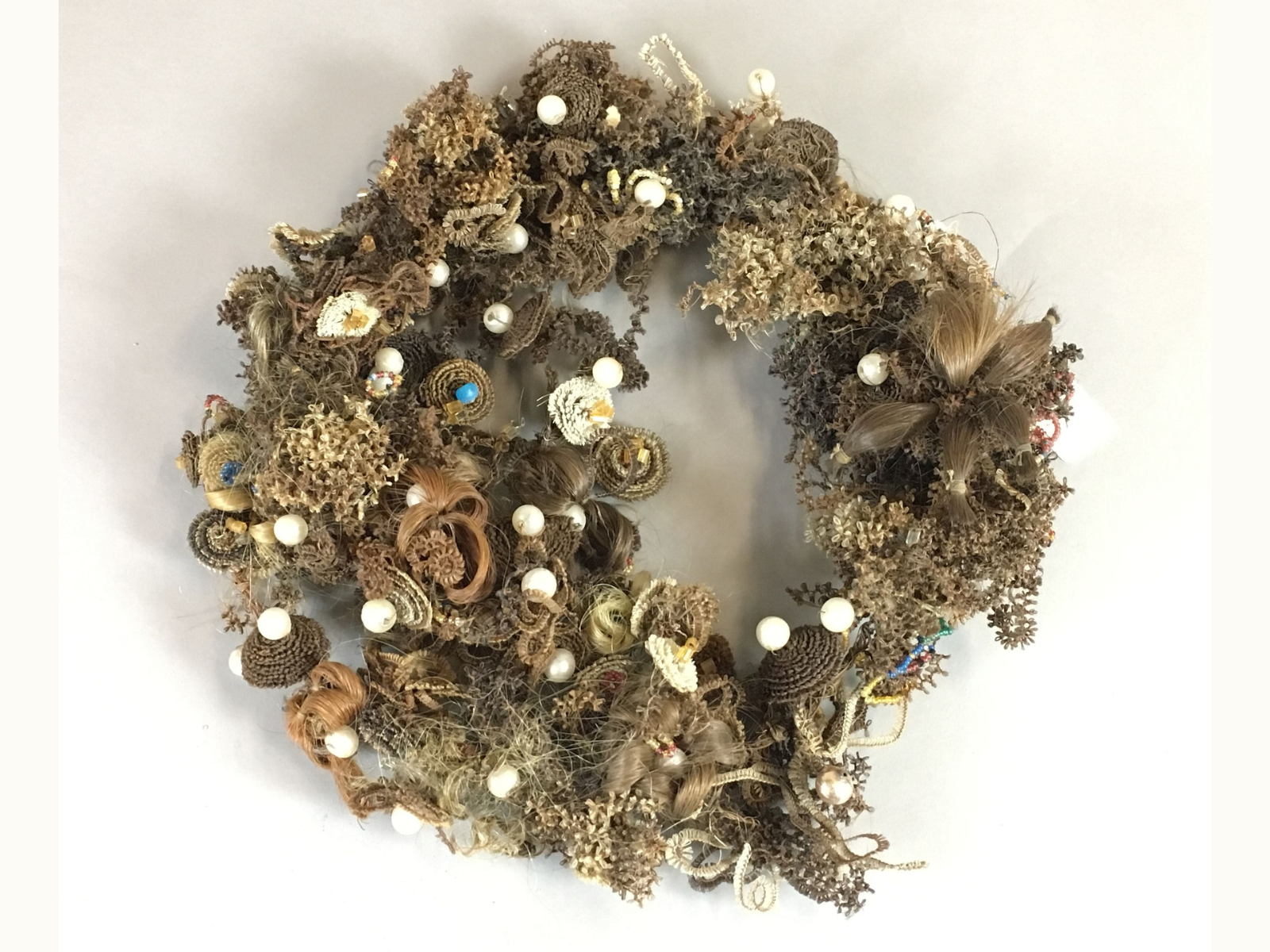
Hair wreath, human hair, L 19th C. Catalogue Number: H9-18-67 © Manitoba Museum
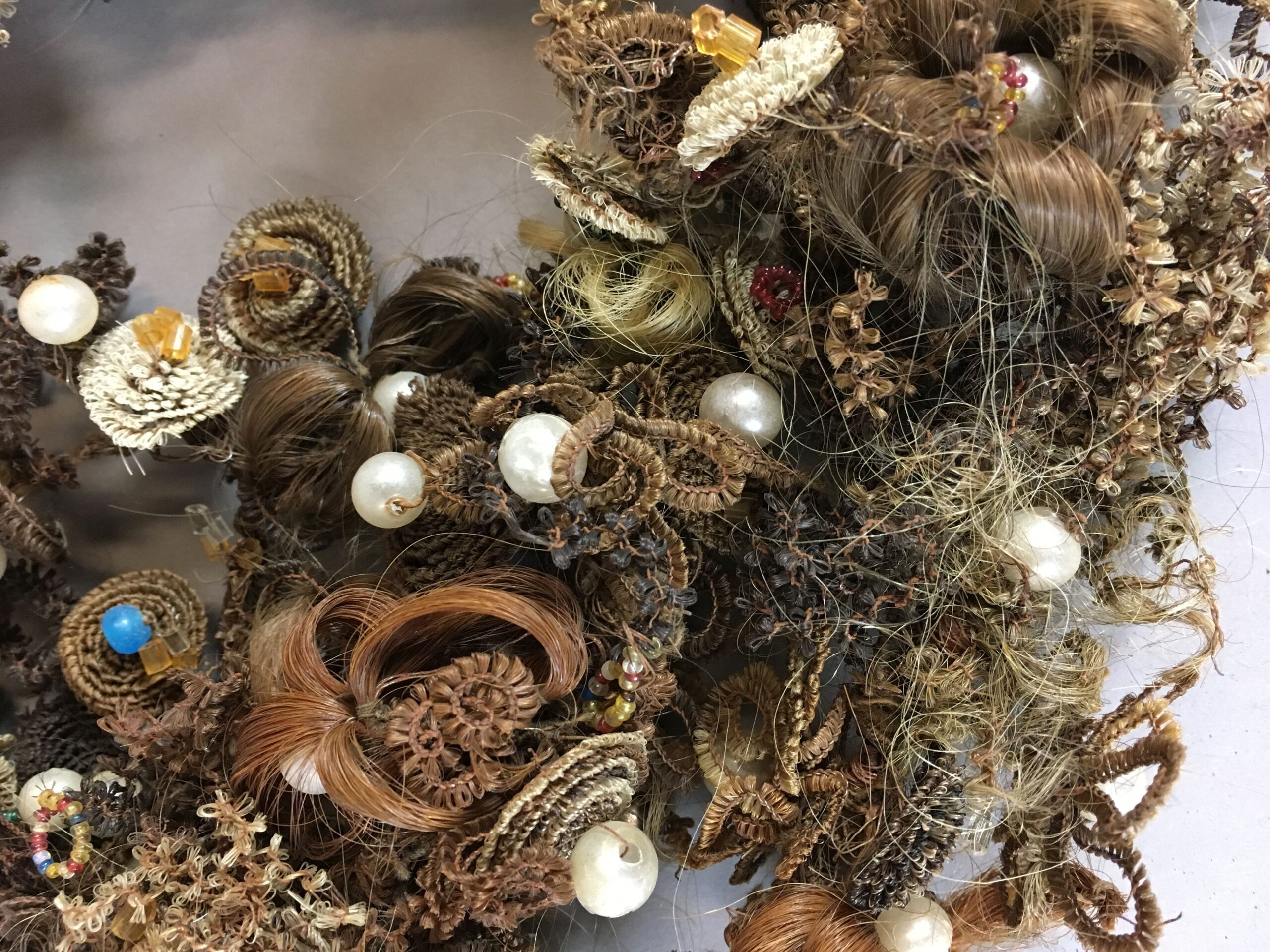
Hair wreath, detail. Catalogue Number: H9-18-67 © Manitoba Museum
This example was made in Ontario by Mary Jane McKague and brought to Manitoba in 1881, first to Emerson by train and then transported by ox cart to the community of Coulter south of Melita where Mary Jane and her husband John homesteaded. Mary Jane died in childbirth delivering her sixth and final child in 1895. Her wreath was carefully kept by her eldest daughter and later three of her granddaughters before they donated it to the Manitoba Museum in 1985. It is one of several examples of Victorian hair art and jewellery in our collection. Even if the thought of handling human hair is unsettling, these objects are an important part of our understanding of 19th century society, fashion and the Victorian mourning process.
What commonplace objects that we think nothing of today will give pause to museum collectors of the future? Only time will tell!




